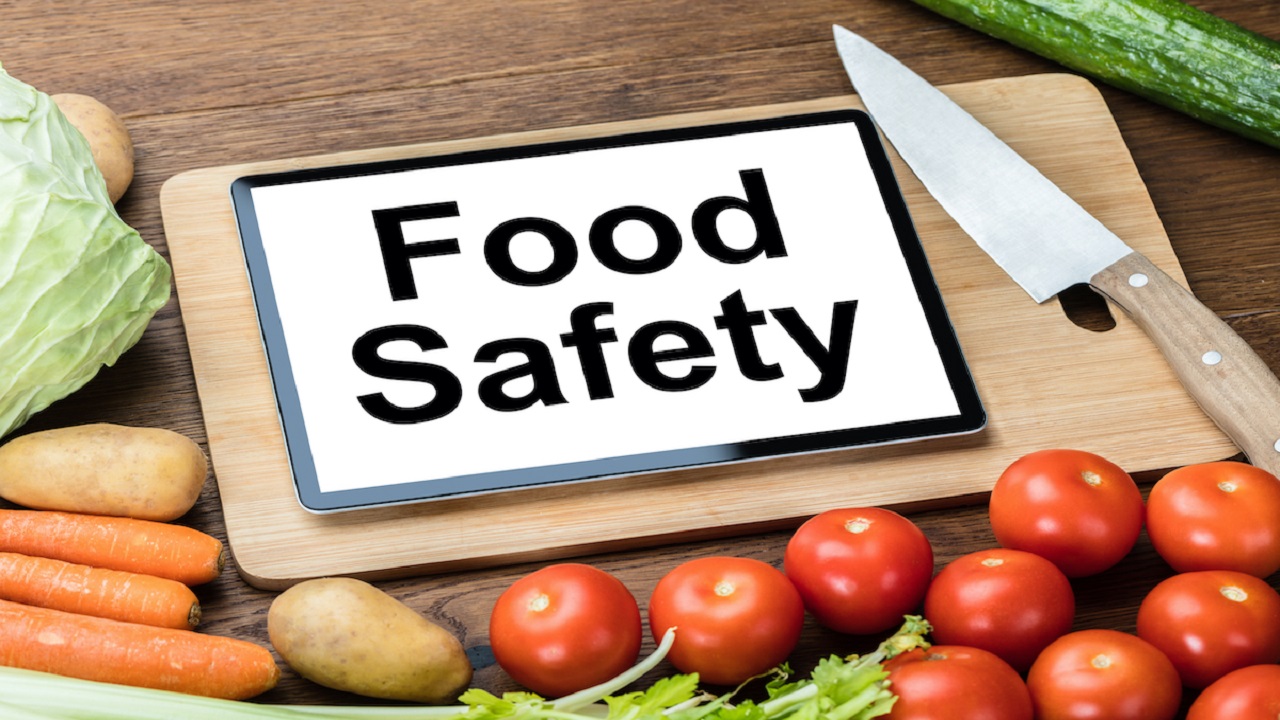Food Safety and Nutrition in India: A Crisis of Governance
Context
In India, the critical concerns of food safety and nutrition are often sidelined by socio-political dynamics, despite the country grappling with alarming health indicators. While child undernutrition remains persistent, there is also a sharp rise in non-communicable diseases (NCDs) like diabetes. Compounding the issue is the widespread problem of food adulteration, which not only affects public health but also erodes economic credibility and governance efficiency.
Food and Its Socio-Political Dimensions
Food in India is deeply intertwined with social, cultural, and political considerations, often at the cost of nutrition and public health.
-
Food as a social construct:
-
Public food schemes like Mid-Day Meals and food served at political or religious gatherings are shaped more by caste preferences, religious norms, and political messaging than by nutrition science.
-
-
Health aspects are neglected:
-
Despite a dual burden of malnutrition and NCDs, health-based food policies remain secondary.
-
Nutritional planning is often reactive rather than strategic or data-driven.
-
Nutritional Status and Policy Apathy
Findings from the National Family Health Survey-5 (2019–21) reveal a disturbing nutritional scenario among children under five:
-
Stunted (low height for age): 35.5%
-
Wasted (low weight for height): 19.3%
-
Underweight (low weight for age): 32.1%
Despite these critical numbers, nutrition remains under-prioritized in policy formulation, indicating apathy towards long-term health planning.
The Menace of Food Adulteration
Food adulteration is not only a criminal offense but a public health emergency.
1. Dairy Products:
-
As per a 2011 National Survey, 70% of milk samples were found to be unsafe.
-
Common adulterants: water, salt, detergents, glucose.
-
Fake paneer made from synthetic milk, starch, and acetic acid has been detected in metro cities like Delhi, Mumbai, and Noida.
2. Spices:
-
In April 2024, Hong Kong banned MDH and Everest spice mixes due to the presence of ethylene oxide (a carcinogen).
-
The EU has banned over 400 Indian spice items between 2019–2024, citing contamination and excessive pesticide residues.
3. Edible Oils:
-
Frequently adulterated with argemone oil, rice bran oil, and synthetic chemicals like artificial allyl isothiocyanate.
-
These are associated with serious health risks, including liver toxicity and NCDs like diabetes.
Public Health Implications
India faces a dual burden of disease—undernutrition in children and lifestyle diseases in adults.
-
India is now referred to as the “Diabetes Capital of the World” with 77 million adults (above 18 years) diagnosed with diabetes.
-
A study by Indian Council of Medical Research (ICMR) has linked this surge to increased consumption of ultra-processed, fried, and adulterated foods.
-
Adulterated food also causes acute illnesses like food poisoning and in extreme cases, even fatalities, especially among vulnerable populations.
Regulatory and Institutional Gaps
The Food Safety and Standards Authority of India (FSSAI) is the nodal agency for ensuring food safety but faces significant implementation challenges:
-
Functions of FSSAI:
-
Conducts raids, tests food samples, revokes licenses, and issues public advisories.
-
-
Major Challenges:
-
Inadequate infrastructure at the state level.
-
Shortage of trained personnel for food inspection and monitoring.
-
Responsibility shift: Increasing reliance on consumer awareness, weakening the state’s direct accountability.
-
Way Forward: Reforms and Recommendations
To ensure safe, nutritious, and unadulterated food, a multi-pronged, evidence-based, and governance-oriented approach is required:
-
Strengthen FSSAI enforcement through standardized procedures, technology-enabled monitoring, and real-time grievance redressal.
-
Improve the food supply chain with emphasis on hygiene in farming, processing, storage, and packaging.
-
Launch food literacy campaigns to spread awareness about nutritional value, label reading, and identifying adulteration.
-
Regularly review pesticide and additive safety norms, in line with international standards.
-
Build a balanced accountability model—citizen awareness must complement, not replace, state responsibility.
Conclusion
Food safety is not a standalone health issue; it is a multifaceted governance challenge with deep implications for public health, economic development, and international trade credibility.
For a nation like India, battling both hunger and obesity, the need for clean, nutritious, and safe food cannot be overstated. Strengthening institutional frameworks, promoting public awareness, and aligning food policies with scientific and ethical standards are imperative for ensuring inclusive and sustainable health outcomes.


.jpg)

Comments (0)